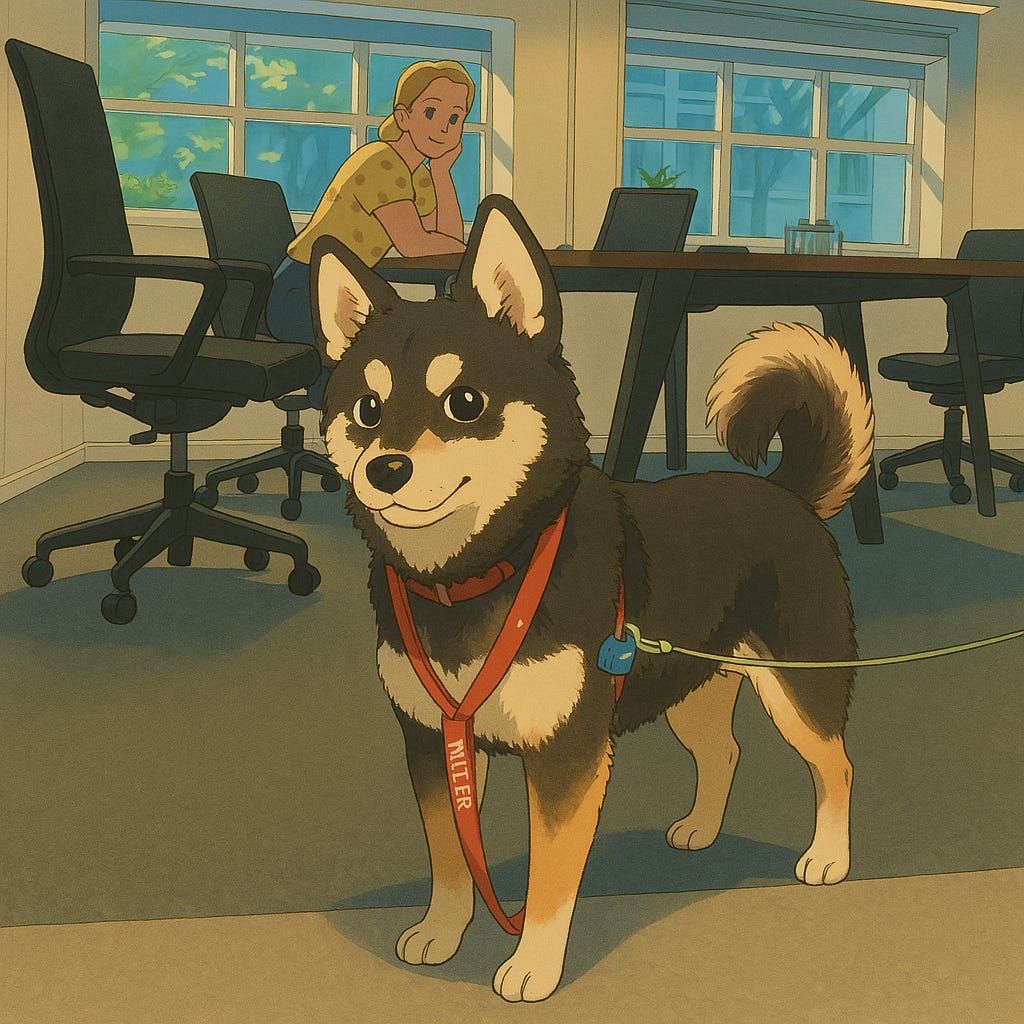That statement got me thinking. 🤔 (Heard in a famous VC incubator programme, hint: clue is in the picture 😸)
If tech in itself has less of a moat these days because of vibe coding and AI, what are some things that will make your product thrive in an increasingly saturated market?
Moats to Build Your Product Around
Here are some moats that came to mind, that you can build your product around:
💧 Liquidity: Capital as in cash in the bank. Think OpenDoor or Crypto Exchanges.
🏠 Hard Assets: Tangible resources like hardware, housing property, or access to such.
👑 Monopolies: Exclusive control over a market or resource that limits competition.
⚖️ Inertia: The difficulty for customers to switch due to habits, familiarity, or high switching costs.
🧩 Complexity: Offering solutions that are hard to replicate due to technical or operational sophistication.
✨ Brand Loyalty: Harley-Davidson’s community or Patagonia’s environmental ethos foster enduring customer ties.
🚀 Being First: Capturing the market early and establishing dominance before competitors enter.
📦 Distribution: Leveraging superior logistics or partnerships to ensure widespread availability of your product.
🔒 Access to Proprietary Data: Access to unique data silos to maintain a competitive edge. AI firms (e.g., Palantir) leverage exclusive data to train superior models.
🧠 Intellectual Property: IP as in patents (hardware or even software), trademarks, brands, partnerships.
🔄 Marketplace Dynamics: Platforms like Uber and Airbnb grow stronger as more users join, creating a virtuous cycle where supply attracts demand and vice versa.
💸 Sunk Costs: Gillette’s razor-and-blades model ties customers to ongoing purchases.
🚀 Rapid Innovation: Tesla’s iterative EV improvements outpace slower competitors.
🔐 Trade Secrets: Coca-Cola’s recipe or Intel’s semiconductor know-how are hard to reverse-engineer.
🔗 Platform Integration: Apple’s iOS ecosystem combines hardware, software, and services, raising switching costs.
🌐 Network effects: Companies like Facebook or LinkedIn benefit from user-generated content and interactions, making it hard for competitors to replicate their ecosystems.
⚖️ Regulatory and Legal Barriers Licenses/Permits: Industries like telecom (AT&T historically) or finance (Coinbase) gain moats through compliance hurdles that deter new entrants.
🏛️ Government Contracts: Exclusive agreements (e.g., defence contractors) create long-term stability.
🔒 Ecosystem Lock-In: APIs/Developer Networks: Shopify’s third-party app ecosystem reinforces its dominance.
📊 Access to exclusive behavioural Data: Google’s search history enables hyper-targeted advertising.
🎞️ Tradition/Nostalgia: Disney’s IP or Marmite’s cult status defy commoditization. (well this one is on the chopping blocks due to OpenAI's Ghibli escapades 😅)
These moats can provide sustainable competitive advantages and help differentiate your product in an increasingly crowded marketplace. These moats also often overlap (e.g., Tesla combines IP, network effects, and brand). The strongest moats combine multiple advantages, making them harder to erode.
Starting with the Essentials
You don't have to start with these moats—you can gain them while you build. Most startups start with just two co-founders, an office dog (very important) and an idea that preferably should aim to have one or some of these traits:
Craft: High craft is important; put some elbow grease into it! 💪
Creativity: Life is too short to use boring products; make it pop! 🎈
Usefulness: It has to solve users' problems in some way or form. 🤓
Novelty: Innovation, something that differentiates from what has come before. ✨
And don’t forget the startup office dog. You won’t make it without one 😏
We now have nearly unlimited creative power, through AI tools like cursor and chatGPT, where the right idea can elevate you from zero to hero in just days or weeks, whereas it used to take months or years.
I'm excited to hear from other creators: What are you building? How do you plan to go from zero to one in this age of AI?





